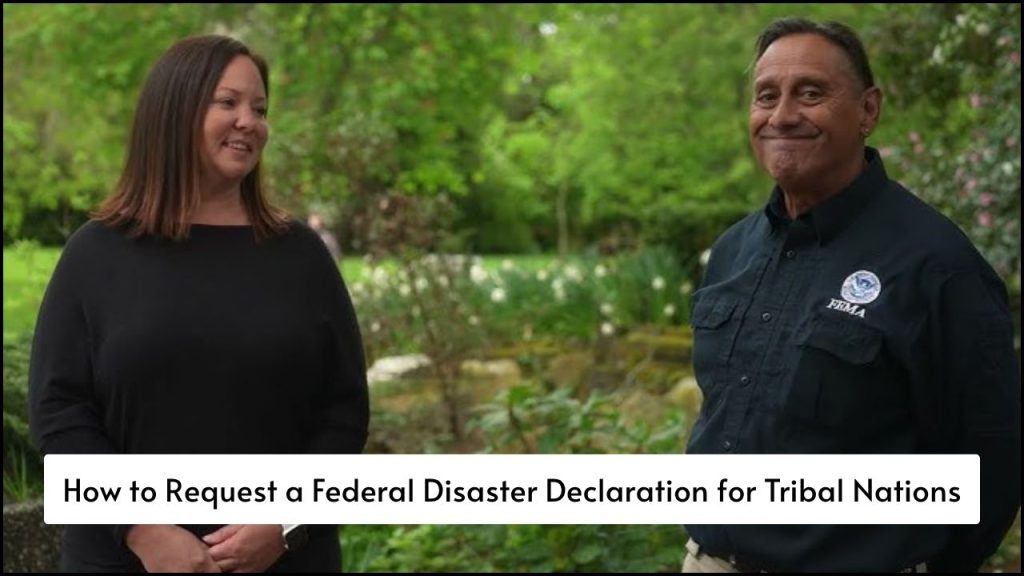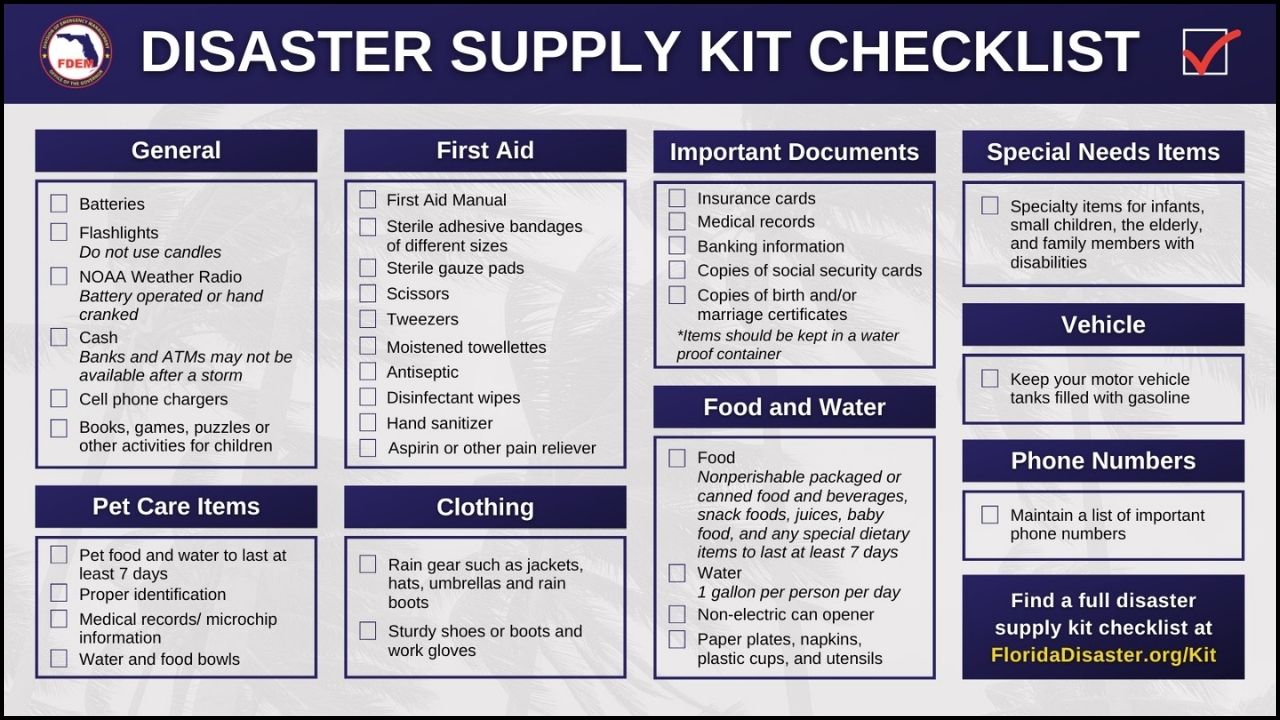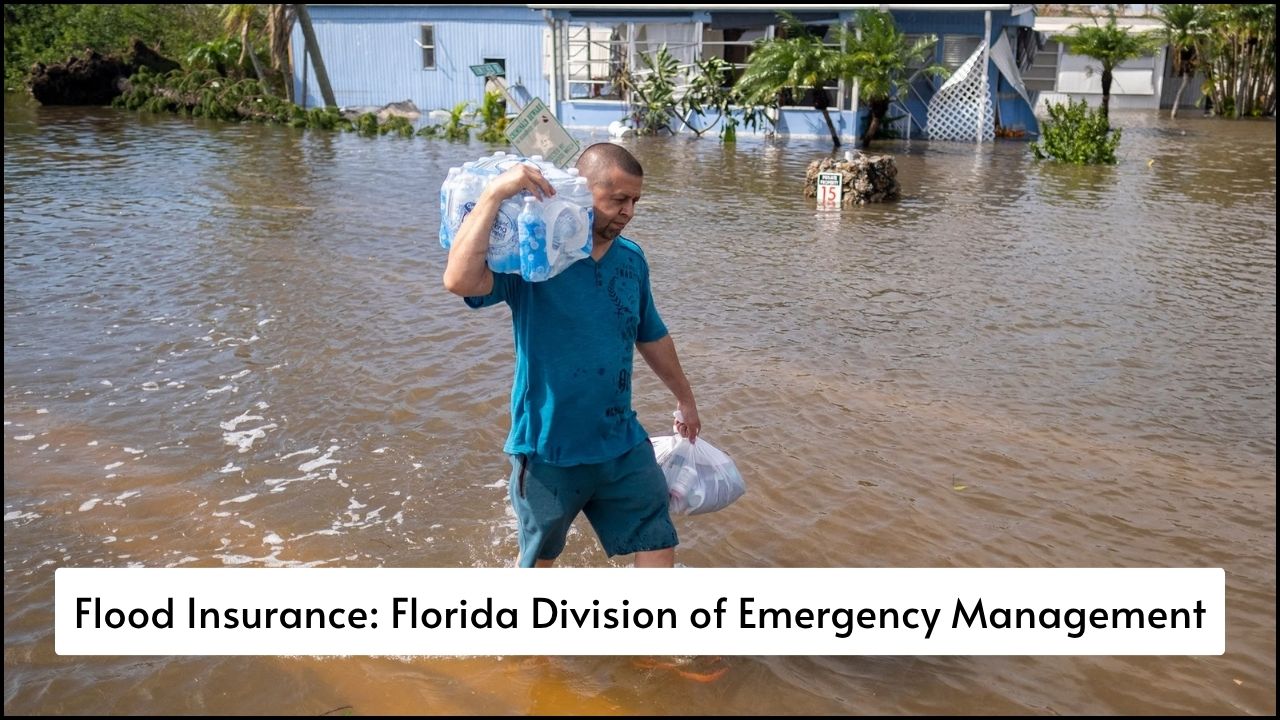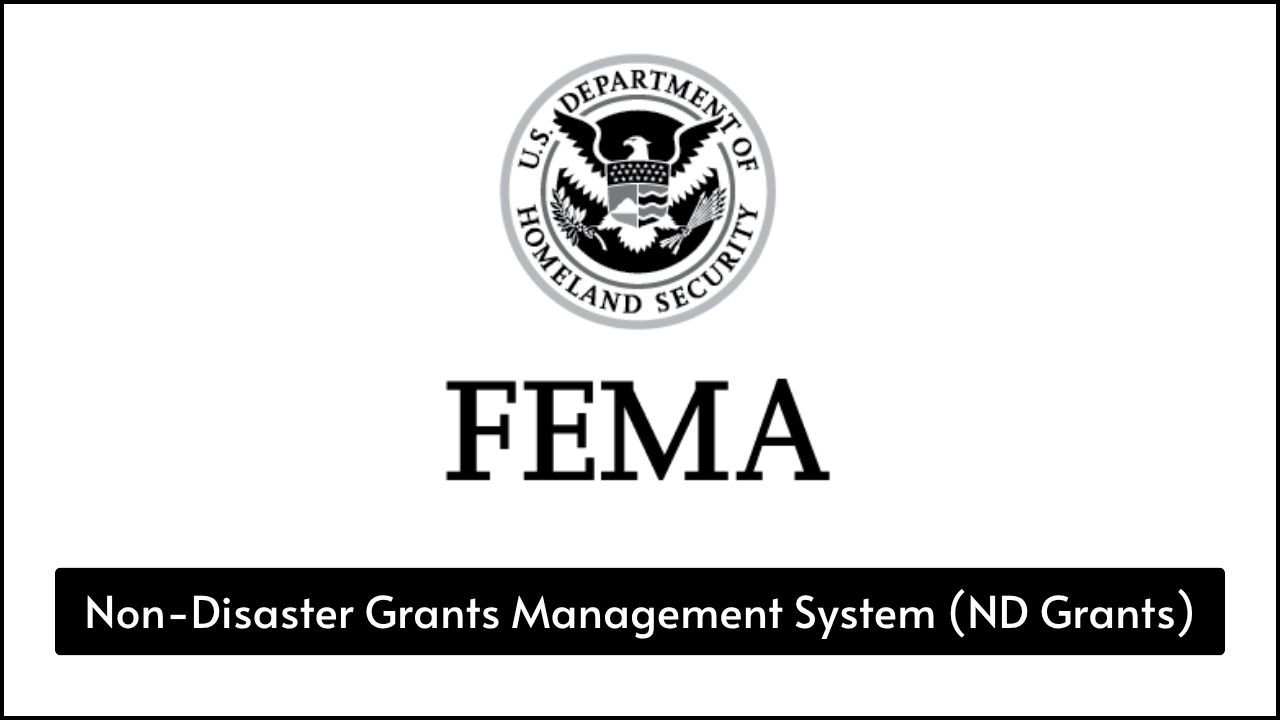
Disasters can severely impact Tribal Nations, and federal help can be necessary for recovery. To get that help, a Tribe may need to request a federal disaster declaration. The Federal Emergency Management Agency (FEMA) has created a process especially for Tribal Nations, including updates under the 2024 Tribal Declarations Interim Guidance. This article explains the steps a Tribe must follow to request assistance directly from the federal government. Every step has been created to respect the sovereignty of Tribal governments while offering clear paths to support.
Table of Contents
Key FEMA Resources for Tribal Nations
FEMA has shared several helpful materials to support Tribal Nations through this process:
- Tribal Declaration Process Overview
- Tribal Pathways for Disaster Assistance
- One-Page Guidance
- Fact Sheet
- Detailed Summary of Changes
These materials explain changes in the 2024 guidance and offer easy instructions to follow.
Initial Optional Steps Before a Formal Request
These five steps are optional but can help a Tribe prepare its official request for federal help. Following these can make the process smoother and faster.
Emergency Response Preparation
- Emergency Plan Activation: The Tribal government activates its emergency response plan and begins using its resources to help people affected.
- Support from Partners: Tribal officials may request help from voluntary groups, nearby governments, or other agencies through mutual aid agreements.
Damage Assessment and Resource Use
- Damage Collection: The Tribe collects information on what was damaged—homes, roads, hospitals, etc.
- Check Resource Limits: The Tribe checks whether all local and outside resources have been used and if help is still needed.
Work with FEMA to Assess the Situation
- Joint Preliminary Damage Assessment (PDA): The Chief Executive may ask FEMA to conduct a joint damage assessment. This can be done directly with FEMA or along with the state.
Final Decision on Requesting Federal Help
- Review of Assessment Results: Tribal leaders review the PDA results to decide if federal assistance under the Stafford Act is needed.
Formal Steps for a Disaster Declaration
Once the Tribe decides to request federal assistance, the following formal steps must be taken.
| Step | Action |
|---|---|
| 1. Submit Request to FEMA | The Tribal Chief Executive submits a formal request to the President through the FEMA Regional Administrator. This must happen within 30 days after the disaster ends. An extension can be requested. |
| 2. FEMA Reviews the Request | FEMA examines the request and decides whether the disaster meets the criteria for federal help. |
| 3. FEMA Recommends to the President | FEMA sends its recommendation to the President, along with the Tribe’s request and supporting information. |
| 4. President Makes Final Decision | The President reviews the case and either approves or denies the disaster declaration. FEMA informs the Tribal Chief Executive of the decision. |
Important FEMA Tools and Resources
| Resource | Purpose |
|---|---|
| Tribal Recovery Video Series | Short videos that explain the step-by-step disaster assistance process, tribal declaration pilot guidance, and decisions Tribal leaders need to make. |
| Fact Sheet | Provides a quick summary of the requirements, timing, and documentation needed for a disaster request. |
| One-Page Guidance | A simplified reference guide for quick understanding of the process. |
| Detailed Summary of Changes | List updates made in the 2024 interim guidance to improve clarity and accessibility. |
Key Roles in the Declaration Process
| Position | Responsibility |
|---|---|
| Tribal Chief Executive | Primary authority for making formal disaster declaration requests and initiating PDAs with FEMA. |
| FEMA Regional Administrator | Point of contact for the Tribe; receives the formal request and works with FEMA headquarters. |
| President of the United States | Makes the final decision regarding the disaster declaration and informs FEMA and the Tribe. |
Common Mistakes to Avoid
| Mistake | Why It’s a Problem |
|---|---|
| Delaying the Request | The request must be submitted within 30 days after the disaster, or critical support may be missed. |
| Skipping Damage Assessments | Lack of solid evidence and numbers may weaken the request’s credibility. |
| Not Using FEMA Resources | Helpful tools are available to guide the Tribe. Ignoring them can cause confusion or mistakes. |
| Poor Documentation | Incomplete or missing documents can delay or cancel the disaster declaration process. |
Checklist for Tribal Governments
- Activate the Tribal emergency plan
- Gather early damage data
- Exhaust all local, Tribal, and mutual aid resources
- Request Preliminary Damage Assessments (PDA)
- Determine if Stafford Act assistance is needed
- Submit a formal request through the FEMA Regional Administrator
- Track response from FEMA and the President
- Use FEMA’s guidance tools and videos
Benefits of a Federal Disaster Declaration
| Benefit | Description |
|---|---|
| Public Assistance Grants | Help repair or rebuild damaged public infrastructure (schools, roads, clinics). |
| Individual Assistance Programs | Support for Tribal citizens, such as temporary housing, medical care, and personal property recovery. |
| Hazard Mitigation Funding | Grants to prevent future disasters (like flood walls or safer buildings). |
| Emergency Support Services | Provides technical and human resources for logistics, search and rescue, health services, and more. |
FEMA’s Tribal Pathways for Disaster Assistance
FEMA recognizes the sovereignty of Tribal Nations. Tribes have two options when requesting assistance:
| Pathway | Explanation |
|---|---|
| Direct Request to Federal Government | Tribe sends a request directly to FEMA and the President. |
| Through the State Government | Tribe works with the State to be included in the State’s disaster declaration. |
Most Tribal Nations now prefer the direct request path because it gives them full control of the process and allows direct communication with FEMA.
In Summary
Federal disaster declarations are critical for Tribal Nations to receive emergency aid. FEMA’s 2024 interim guidance offers clearer, simpler instructions. Tribal governments can follow a step-by-step method—from preparing damage assessments to submitting formal requests—to get help after a disaster. By understanding and using the tools and guidance available, Tribal leaders can act quickly and confidently when disaster strikes.





